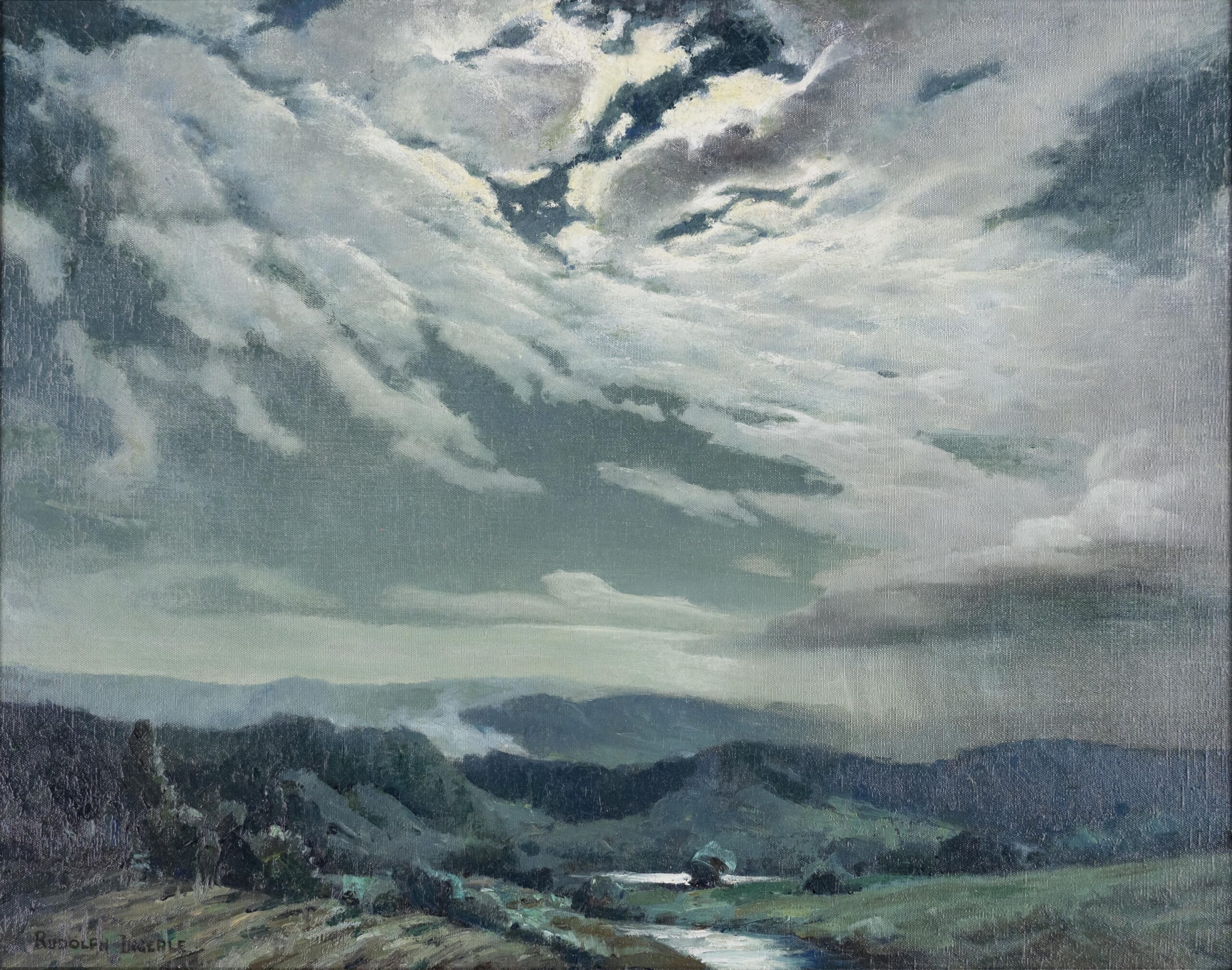
Honoring Nature: Early Southern Appalachian Landscape Painting
On View through October 21, 2024
Asheville Art Museum, North Carolina
www.ashevilleart.org
In the early 1900s, travel by train and automobile became more accessible in the United States, leading to an increase in tourism and a revitalized interest in landscape painting. The relative ease of transportation, as well as the creation of National Parks, allowed people to experience the breathtaking landscapes of the United States in new ways. Artists traveled along popular routes, recording the terrain they encountered.

This exhibition explores the sublime natural landscapes of the Smoky Mountains of Western North Carolina and Tennessee. While there were several regional schools of painting around this time, this group is largely from the Midwest and many of the artists trained at the Art Institute of Chicago or in New York City. Through their travels, they captured waterfalls, sunsets, thunderstorms, autumn foliage, lush green summers, and snow-covered mountains—elements that were novel for viewers from cities and rural areas. Though some of these paintings include people, they are usually used for scale and painted with little to no detail, highlighting the magnificence of nature.

The artists on view in this exhibition worked between the 1920s and 1940s, a period in which the international aesthetic shifted toward abstraction, and Abstract Expressionism became the dominant movement in the United States. Rejecting this non-representational approach, these artists instead looked for the sublime in nature. Like their predecessors in the Hudson River School (1825–1870), they were inspired by Romanticism, a 19th-century European movement that is known for stormy, melancholic scenes featuring architectural ruins.

American landscape painting instead highlighted the majesty of untouched nature, positioning the beauty of the United States’ terrain on par with European cathedrals and castles. It is no coincidence that this revitalization of landscape painting occurred after Theodore Roosevelt’s presidency (1901–1909). With the creation of the National Park Service in 1916, people began to pay increased attention to the country’s natural resources and see them as an asset for tourism and a right of future generations.

This exhibition is curated by Andrew Glasgow. It would not have been possible without the research of Barry Huffman and Steve Cotham, and generous loans from Barry and Allen Huffman.
View more art museum announcements here at FineArtConnoisseur.com.







